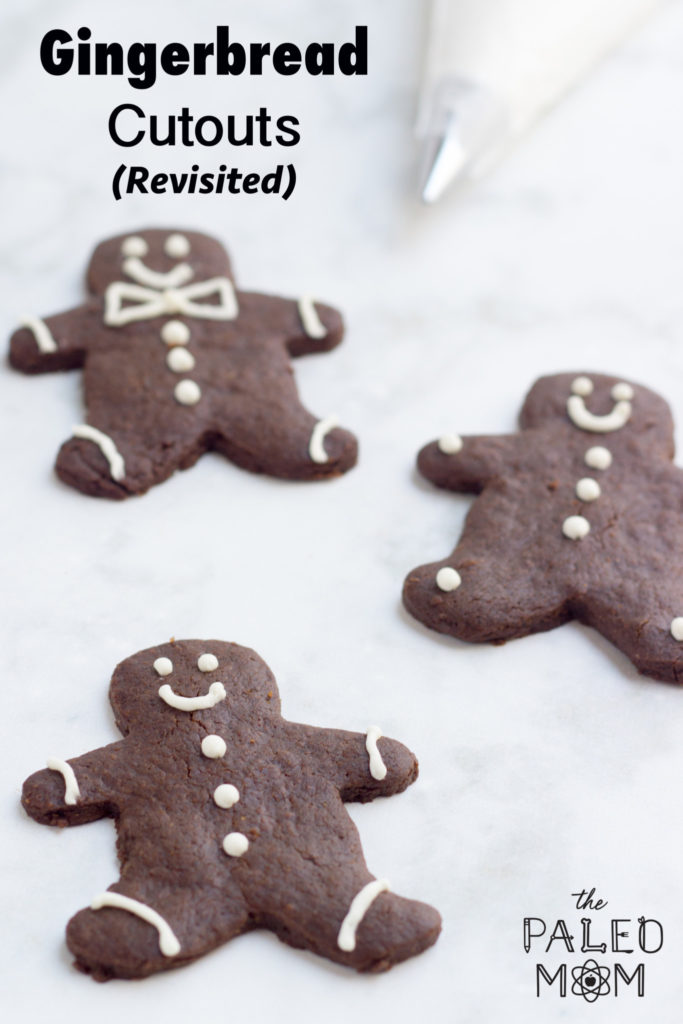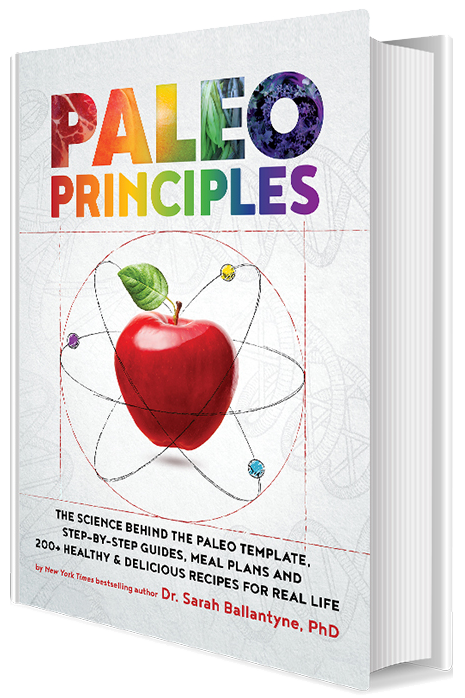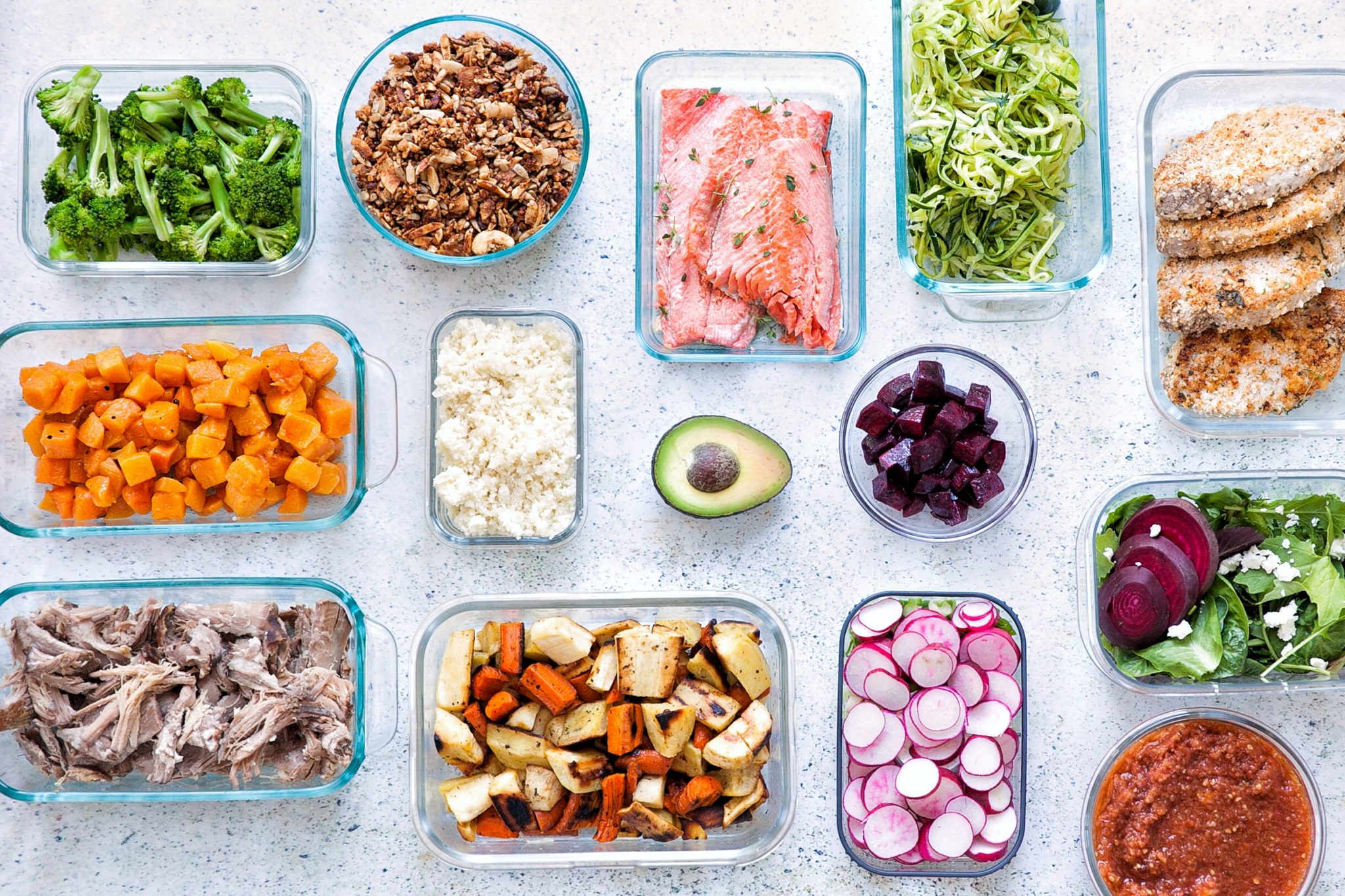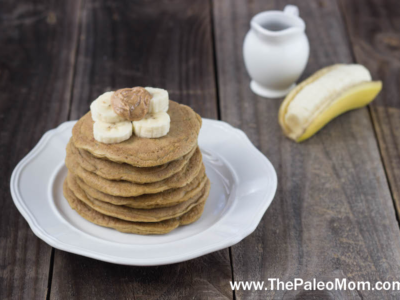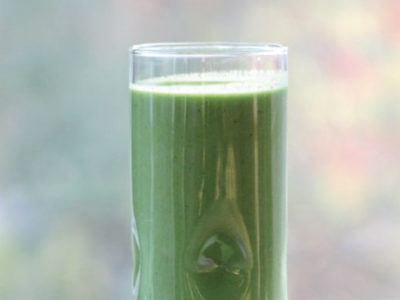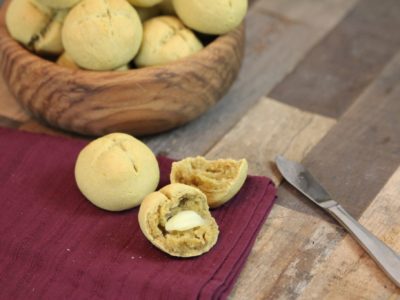 We’re having a quiet Christmas this year: no company, no travel, no big events, just the four of us enjoying some much needed downtime. [insert sigh of relief] It’s a very enjoyable change of pace. The lack of people to entertain this year also gave me the opportunity to scale back the traditional holiday baking.
We’re having a quiet Christmas this year: no company, no travel, no big events, just the four of us enjoying some much needed downtime. [insert sigh of relief] It’s a very enjoyable change of pace. The lack of people to entertain this year also gave me the opportunity to scale back the traditional holiday baking.
When I was a kid, my mom would make 7 or 8 different types of special holiday cookies, often double, triple or quadruple batches of each. We had a special platter, used only at Christmas, that the full variety of this baking would be served upon every time someone came to visit (typically once or twice daily). That plate of deliciousness is the thing I remember most fondly about the holidays.
As an adult, I’ve continued this tradition. And as a Paleo enthusiast, I continued the tradition with grain-free baking, each cookie with a much lower sugar content and much higher nutritive value.
A few hundred cookies goes quickly when you’re visiting daily with different family and friends for two or three weeks straight. It goes even faster once tins of goodies are put together for gifts for the neighbors. But a few hundred cookies is not a good idea for four people, two of which are half-sized, just hanging out around the house for the entire Winter Break.
So, this year, I decided to make one treat. And because I was going to make just one treat, I wanted it to be something iconic, something special for everyone. I decided on the gingerbread house. My whole family loves gingerbread and gingerbread iced with candies in the shape of a house is even better!
But, this posed an issue. My old recipe for Paleo-friendly gingerbread cut-outs isn’t super crispy. And, like many Paleo baked goods recipes, they tend to get softer while they sit, rather than harder. I posted my original recipe for gingerbread cookies two years ago. As much as time has flown by, I’ve learned a whole lot about grain-free food chemistry since then. So I took the challenge and worked on a new recipe.
The goal: an actually crisp gingerbread cookie, sturdy and firm rather than short and crumbly, that can hold up well enough to make a gingerbread house and doesn’t get soft as it sits. Oh yeah, and that means we need a recipe for Royal Icing too. You need something to glue the gingerbread house together, after all! Well, after much tinkering, mission accomplished.
A few notes on substitutions: I basically took every trick I know to make a crispy firm cookie and used all of them simultaneously. Almost any substitution will take away from that texture. I tried MANY iterations of these cookies to get that perfect balance. That being said, using cashew butter instead of almond butter yielded a slightly crumblier cookie but was still pretty good, especially if you just plan to make cut-outs. I haven’t had a chance to try sunflower seed butter for those with nut allergies, but if anyone does try it, I’d appreciate hearing how it went in the comments below. Tapioca is not the same as arrowroot and the texture with arrowroot is much crumblier. I don’t recommend any substitute for tapioca. I only use ghee because of how allergic my youngest daughter is to other dairy products. I think that butter or palm shortening would work equally as well, but I haven’t tried it. Coconut oil will make a chewier cookie. I prefer to use blackstrap molasses because it has significantly more nutrients than regular molasses. It also has less sugar though. If you’re going to use regular molasses, cut back the evaporated cane juice by 1 Tbsp, and be warned that your cookies will spread slightly more. What can you use instead of evaporated cane juice? I think that turbinado sugar or maple sugar would work well. I don’t like the taste of coconut sugar, so I never use it in baking, but I think it would probably behave similarly from a chemistry perspective. No promises though.
A note on Royal Icing: Traditional Royal Icing is made with egg white, lemon juice, and confectioner’s sugar. To make grain-free confectioner’s sugar, all you have to do is blend something like maple sugar or evaporated cane juice in a blender or food processor until a fine powder, then add 1 Tbsp of arrowroot powder per 1 1/2 cups of sugar ground to a powder. If you want white Royal Icing like my pictures, you’ll have to use white sugar. Evaporated cane juice and maple sugar will both give you a tan colored finished product (still beautiful and tasty though). I made the choice to use white sugar this year since it’s the only treat I plan on making and our holiday is otherwise devoid of treats. Royal icing goes quite hard as it dries, so don’t make it until you’re ready to decorate all of the cookies. If you make cut-outs, you’ll have enough icing to decorate a double batch. You can also add natural food coloring to the Royal Icing or use it to glue on chocolate chips or raisins for decoration if you wish. If you make a gingerbread house, you’ll have enough to be very elaborate with your decorations!!!
A note on Gingerbread House decorations: I’m finding more and more candies made with organic unrefined ingredients without food dyes. These are generally not Paleo, but they are grain-free, gluten-free, dairy-free, soy-free, and often dye-free and refined sugar-free as well. For a very occasional treat, I specifically look for candies with gelatin as an ingredient, since I consider that a pretty big redeeming feature. I’ve found some great options made by Surf Sweets, YumEarth and Pure Fun, as well as organic mini-marshmallows (careful, most contain corn starch) and chocolate squares.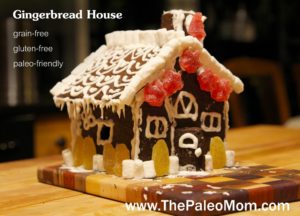
- Yield: About 2 dozen 3″ gingerbread men, or 1 8″ gingerbread house
- Prep time: 20 minutes plus time for dough to rest plus time for decorating
- Cook time: 20 minutes
Ingredients (Gingerbread Cut-outs):
- 1 cup smooth almond butter (unsalted, unsweetened)
- 2 Tbsp ghee
- 1/3 cup blackstrap molasses
- 1/3 cup evaporated cane juice (aka sucanat)
- 2 tsp ground ginger
- 1 1/2 tsp cinnamon
- 1/4 tsp cloves
- 1/4 tsp salt
- 1/2 cup tapioca flour (aka tapioca starch)
- 1/4 tsp baking soda
- Combine almond butter, ghee, molasses, and cane juice in a bowl and stir until completely smooth and combined.
- Mix spices, tapioca flour and baking soda in a small bowl or measuring cup. Add to the almond butter mixture.
- Kneed to form a stiff dough. It’s easiest to just get your hands right into the bowl and work the dough together that way.
- Once your ingredients are fully combined, form dough into a ball and let it sit for an hour (at room temperature).
- Preheat oven to 300F. Line a baking sheet (or two) with parchment paper or a silicone liner.
- Roll the dough out on a sheet of waxed paper or parchment paper to 1/8″ thick. If making cut-outs, use cookie cutters to cut shapes out of the dough and transfer to your prepared baking sheet. If making a gingerbread house, but out four rectangles for side walls and roof, plus two house shapes for front and back. Use any leftover dough for fun additions like window shutters, doors, and chimney. If the shapes aren’t transferring easily, put the rolled out dough in the fridge or freezer for 5-10 minutes (5 for the freezer, 10 or more for the fridge).
- Bake for 16-20 minutes, depending on how big your pieces are (16 minutes for small cutouts, 20 minutes for gingerbread house pieces).
- Let cool before decorating.
Ingredients (Royal Icing):
- 2 cup sugar ( 1 1/2 cups after blending) [see notes above]
- 1 Tbsp arrowroot powder
- 1 egg white
- 1 tsp lemon juice
- First, make your grain-free confectioner’s sugar. Blend 2 cups of evaporated cane juice, maple sugar, or white sugar in a blender or food processor until it’s a fine powder (this typically takes 30 seconds to a minute). Measure out 1 1/2 cups of this fine ground sugar (discard remaining or save for other uses). Add this sugar back to your blender or food processor, add the arrowroot powder and pulse to combine.
- Whip egg white and lemon juice is a bowl (you can do this by hand or with a hand mixer). Slowly add confectioners sugar, whip to combine, add a little more, whip to combine, until all of the sugar has been added and the icing is smooth and glossy.
- Place icing in a piping bag or in a plastic food storage bag with a corner cut off. Pipe icing decorations on to your gingerbread cut-outs or use to “glue” your gingerbread house together and decorate it!
